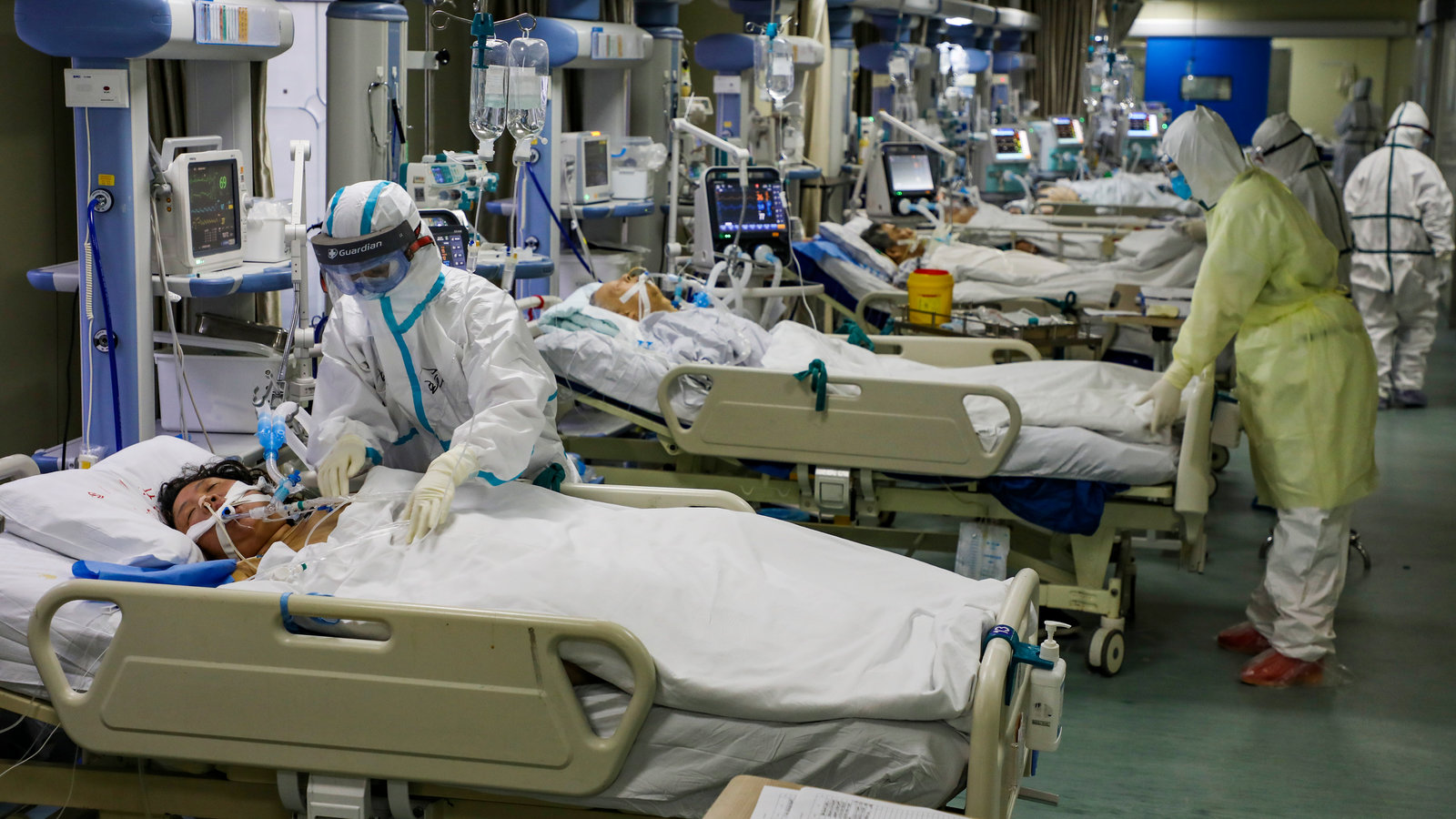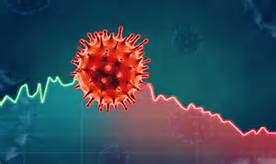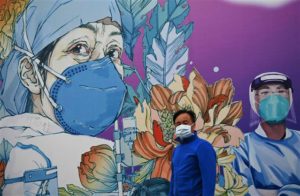Another risk factor for a return admission was hypoxia — 109 patients (7.7% of the total) had low oxygen saturation levels on their first emergency room visit. Of these, 19 out of 109 (17%) had to be admitted within 72 hours.
This means that the adjusted odds of requiring hospitalization were nearly three times higher among people with hypoxia than those without it.
The odds of people with a fever being admitted were 2.4 times higher, compared with those without a fever. Other factors, such as an abnormal chest X-ray, also increased the likelihood of a return admission.
Comorbidities, such as obesity and hypertension, made the odds of a return admission 1.5 times more likely.
In their study paper, the researchers observe:
“Even with better evidence to guide disposition, it may not be feasible or effective to admit all patients with higher risk upon the first presentation. Importantly, return hospital admission does not equate to failure in inpatient care. Rather, this outcome represents the need for a higher level of care than can be provided at home.”
While this study provides emergency clinicians with more perspective about which admissions to prioritize, it also has several limitations.
The researchers only included patients who visited emergency rooms that are part of the local health information exchange (HIE) area. Some patients may have first visited one emergency room, then visited a second outside of the HIE area.
Also, emergency room staff treating participants in this study were not always aware that the people had COVID-19. In addition, the researchers cannot account for participants who may have died at home. Nor could they account for people with COVID-19 who received false-negative tests.
Alex
Koordynator projektu




